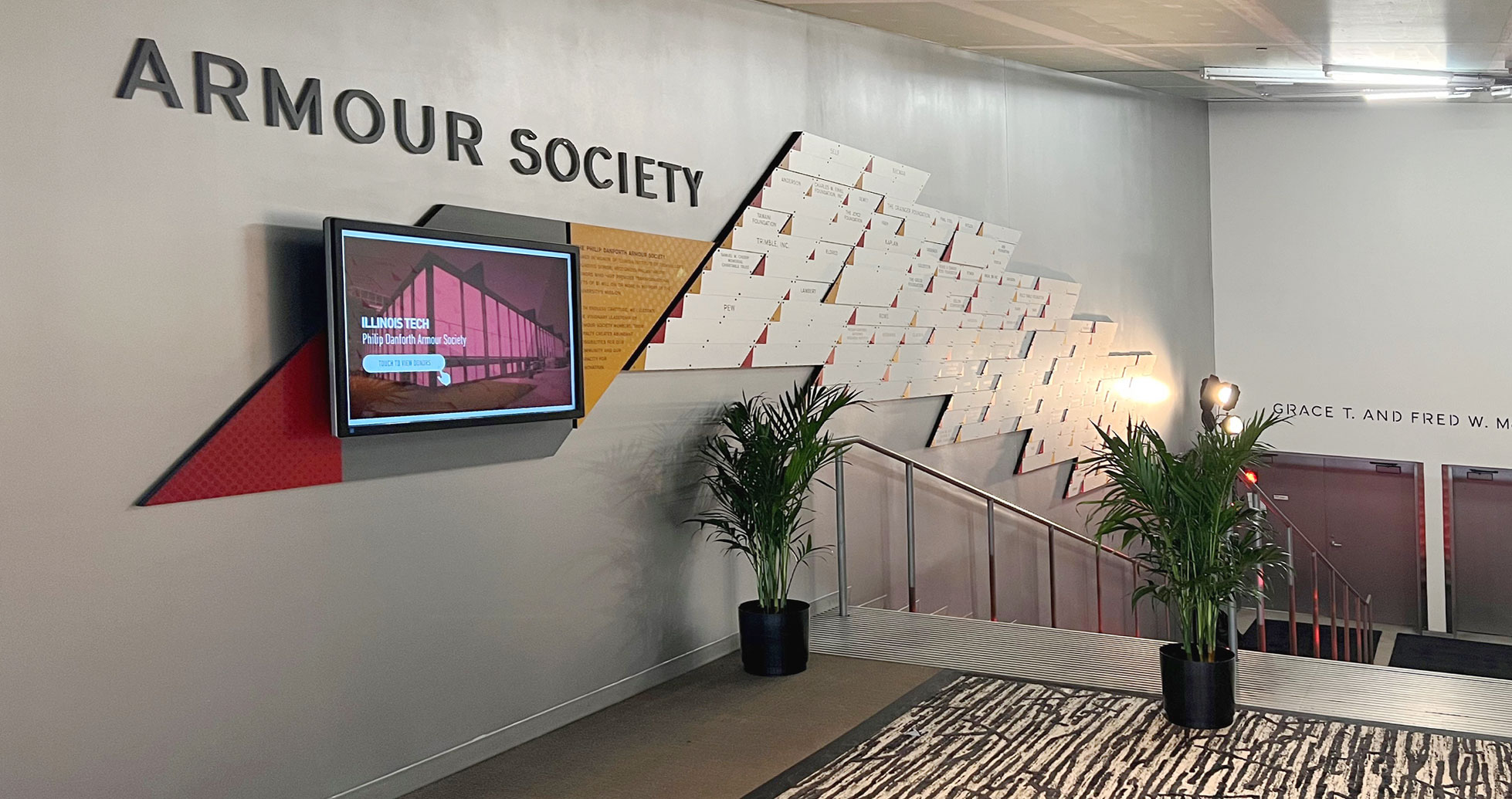
Donor recognition is an essential aspect of any fundraising campaign. It’s a way to express gratitude to generous donors who have contributed to a organization’s mission and vision. While traditional methods of donor recognition, such as plaques and certificates, are still effective, incorporating donor recognition into architectural design can take it to the next level. Let’s explore how to seamlessly integrate donor recognition into the physical design of a building, creating a lasting impression on donors and visitors alike.
Why Integrate Donor Recognition into Architectural Design?
Incorporating donor recognition into architectural design can have a profound impact on the donor experience. It:
- Creates a sense of ownership and belonging among donors
- Enhances the overall aesthetic appeal of the building
- Provides an opportunity to tell the donor’s story and share their impact
- Encourages further giving and engagement
Design Elements for Donor Recognition
The possibilities for donor recognition in architectural design are endless. Here are some popular design elements:
- Engraved Bricks and Pavers: A classic approach to donor recognition, engraved bricks and pavers can be incorporated into walkways, plazas, or entrances.
- Named Rooms and Spaces: naming rooms, wings, or entire buildings after major donors can create a lasting legacy.
- Sculptures and Art Installations: Commissioning a sculpture or art installation that reflects the donor’s contribution or impact can be a powerful way to recognize their generosity.
- Digital Displays and Interactive Exhibits: Digital displays can showcase donor names, stories, and impact in a dynamic and engaging way.
Effective Donor Recognition Strategies
To make donor recognition a success, consider the following strategies:
- Personalization and Storytelling: Share the donor’s story, highlighting their impact and contribution.
- Creating a Sense of Permanence: Incorporate donor recognition into the building’s fabric, ensuring it remains a lasting tribute.
- Incorporating Donor Recognition into the Building’s Fabric: Use design elements that complement the building’s architecture and aesthetic.
Challenges and Opportunities in Donor Recognition Design
While incorporating donor recognition into architectural design can be a game-changer, there are challenges to consider:
- Balancing Donor Recognition with Building Aesthetics: Ensure that donor recognition elements complement, rather than compromise, the building’s design.
- Managing Donor Expectations: Clearly communicate the recognition options and process to avoid mismanaged expectations.
- Capitalizing on Design Trends and Technologies: Stay ahead of the curve by incorporating innovative design elements and technologies.
In Conclusion
Incorporating donor recognition into architectural design is a powerful way to express gratitude to donors while enhancing the overall building experience. By considering the strategies and design elements outlined above, you can create a lasting tribute to your donors. Remember to stay flexible, innovative, and attentive to donor needs, and you’ll be well on your way to designing a truly memorable donor recognition program.
